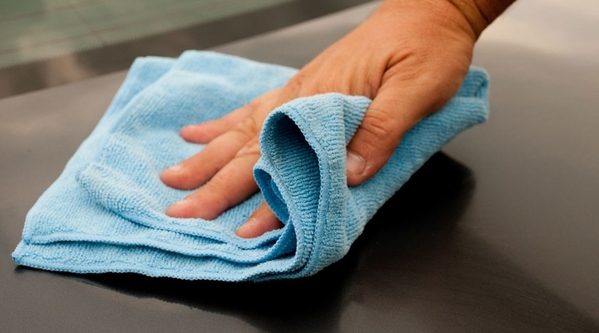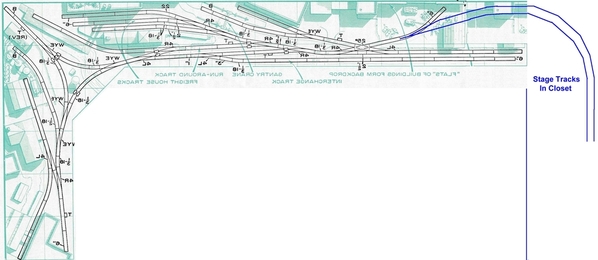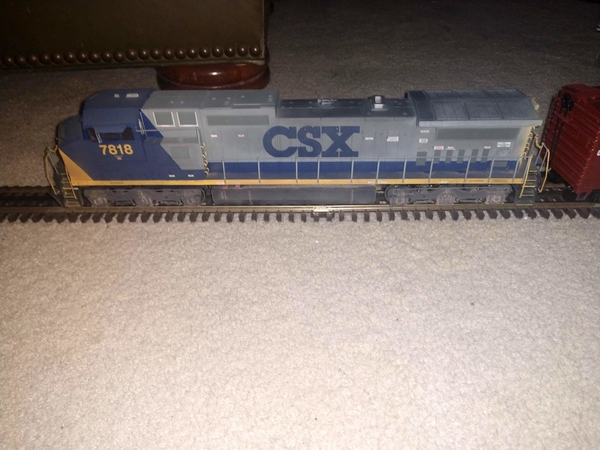Andy, what follows is purely my opinion based on my own experience. 
I think you can have a lot of fun with a switching layout in O scale. I sure do! 
Regarding switches: I would say Signature Switch Co. are robust, accurate, consistent and reliable. As well they are "DCC friendly" out of the box which I will expand on below. I have several in Code 148 rail including regular #6 LH and RH and as well as 3-way curved which I use to increase siding capacity in staging. They can be had in a range of standard sizes and custom one-offs as well.
However they lack the finer detailing parts and visual accuracy of O Scale Turnouts.
I don't own any O Scale Turnouts switches but I understand they are made using fine scale components including highly detailed frogs, switch rails, guard rails, tie bars etc. which result in an almost "P:48-like" scale accuracy (except for the gauge of course).  Visually superb with options for how much detail you prefer and work you want to do. I do have some turnouts built from these components (just not as accurately because I lack the skills) and they look amazing. These can be made DCC friendly with a little work.
Visually superb with options for how much detail you prefer and work you want to do. I do have some turnouts built from these components (just not as accurately because I lack the skills) and they look amazing. These can be made DCC friendly with a little work.
The only slight concern I have is that some of the coarser 2-rail wheel profiles with deeper flanges may not run quite as smoothly through them because they are so accurate. This is not the fault of the turnouts. They are perfect with closer-to-scale-profile wheels such as NWSL .145.
As for DCC friendly, this generally means turnouts where all rails and the frog are powered in such a way that there's no possibility of power loss or short circuit as equiment rolls through.
The links Scott posted are a great help.
In pracitice it means that the frog is isolated and powered correctly for the selected route from a Tortoise switch, a Frog Juicer or similar. As well closure rails are powered the same as their adjacent stock rails, and switch rails (if hinged) have their own flexible feeders. This way they don't rely on pressure against the stock rail or a power path through their hinge.
The Signature Switch Co turnouts have one-piece switch rails and closure rails so there's no need to feed them separately. They're DCC friendly because power is carried to all the right areas by the PCB ties that are gapped appropriately which also isolates the frog. You just need to power the frog separately.
I am not certain about how O Scale Turnouts are wired except to say that the frog would be isolated ready to be powered. I just found out the switch rails on these are one-piece also which is good. Not sure if the closure rails may need to be wired to their stock rails, I think not after a bit more reading.
Summary (opinion again): If you want the best accuracy and realism go for O Scale Turnouts but you may need to add some feeders, plus limit your choice of wheelsets a bit.
If you want bullet-proof running for most wheelsets and maybe a bit less wiring, but less accurate details, then go with Signature Switch Co.
![]()














